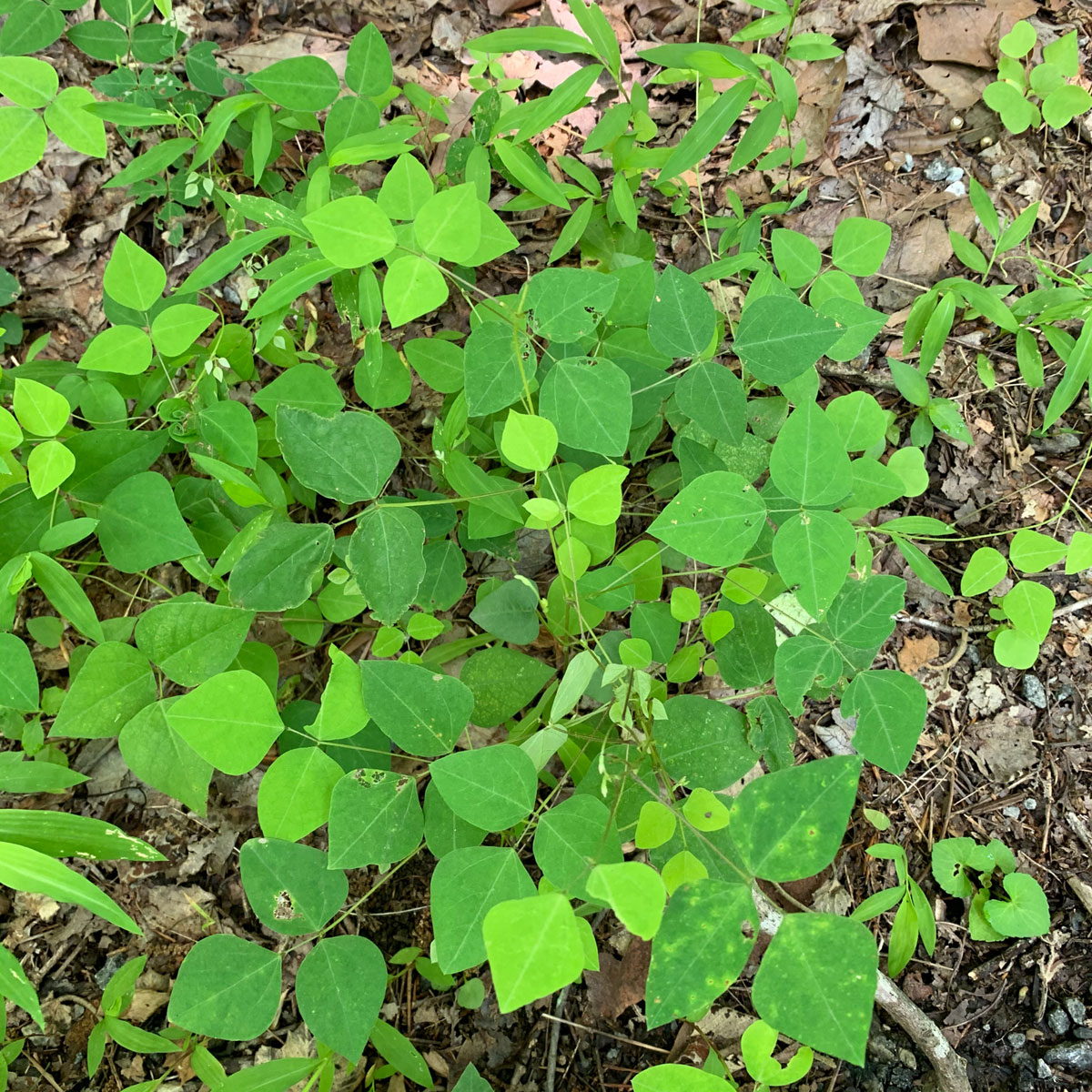Although this is a native, it’s considered a pretty problematic weed, especially in gardens and lawns. Not only that, when broken it produces a sticky, milky sap, which is a skin irritant (so if you’re weeding, you’ll want to wear gloves.
Size: Very low to the ground (prostrate) but can grow up to 3 feet across Family: Euphorbiaceae (Spurge Family) Habitat: Fields, gardens, turf and waste areas Identification: "a summer annual with a taproot; it has an open and prostrate mat-forming growth habit. It branches freely from the base. The reddish or green prostrate stems form a mat-like growth which often chokes out desirable turfgrasses. When the stems are broken they emit a milky juice. The leaves are opposite and vary in color from a pale reddish-green to a dark green but usually have a conspicuous maroon blotch. The leaves are smooth or sparsely hairy, toothed especially near the tip and unequally sided at the base with a short petiole. Flowers are very small, pinkish-white, inconspicuous, and borne in the leaf axils. Spotted spurge may flower within three to four weeks after emerging in mid-summer." From NC State Extension Uses: The leaves and twigs, which are very aromatic, can be brewed into a tea. If you dry and powder the fruit, this can be used as a spice (similar to allspice).










